Table of content
Double skin milk pudding, a beloved Cantonese dessert renowned for its silky texture and delicate layers, has long been a staple in dim sum menus and home kitchens. Traditionally crafted with fresh dairy milk, egg whites, and sugar, this treat derives its name from the two layers of “skin” that form during preparation—a creamy top layer and a custard-like base. Yet, as dietary preferences evolve and lactose intolerance becomes more prevalent, a pressing question arises: Can double skin milk pudding be made without dairy milk? This article delves into the science, creativity, and culinary experiments required to adapt this classic dessert for plant-based diets, while maintaining its iconic texture and flavor.
The Science Behind Traditional Double Skin Milk Pudding
To understand whether dairy milk is irreplaceable, one must first grasp the chemistry of its creation. The dessert’s signature dual-layer structure hinges on two key processes:
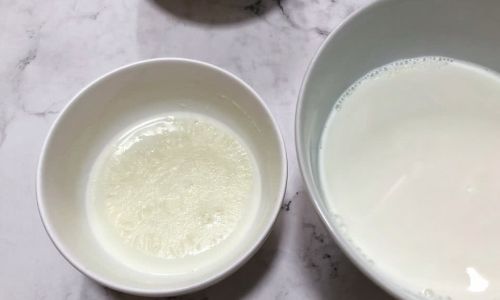
- Coagulation of Proteins: When milk is heated, proteins like casein and whey denature and aggregate, forming a thin film (the “skin”) on the surface.
- Separation of Fat and Water: As the milk cools, fat molecules rise, creating a richer top layer. When reheated gently, the mixture stabilizes into a gel-like custard.
Egg whites, often whisked into the mixture, act as a coagulating agent, helping set the pudding during steaming. The result is a dessert that balances richness and lightness—a feat largely attributed to dairy milk’s unique composition of proteins, fats, and lactose.
The Challenge: Replicating Dairy’s Properties
Dairy milk’s role in double skin milk pudding is threefold:
- Protein Content: Casein provides the structural backbone for the skin and custard.
- Fat Content: Milk fat contributes to richness and helps stabilize the layers.
- Lactose: The natural sugar caramelizes slightly during cooking, enhancing flavor.
Plant-based alternatives, such as soy milk, almond milk, coconut milk, or oat milk, lack the exact balance of these components. For instance, soy milk has comparable protein levels to dairy milk but less fat, while almond milk is low in both. Coconut milk boasts high fat but minimal protein. These disparities raise questions: Can plant-based milks form a skin? Will the custard set properly? And how will the flavor profile change?
Experimenting with Plant-Based Milks
To answer these questions, a series of trials were conducted using popular dairy-free milks. Each was tested under identical conditions: steamed at 85°C (185°F) for 15 minutes, cooled, and then mixed with egg whites and sugar before a second steaming.
Soy Milk
Result: Successfully formed two distinct layers.
Observations:
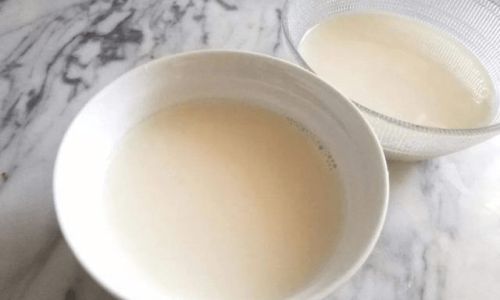
- Soy milk’s high protein content (similar to dairy) allowed a skin to develop, though thinner and less creamy than the dairy version.
- The custard set firmly but lacked the luxurious mouthfeel of traditional pudding.
- Flavor: Mildly beany, which some testers found off-putting.
Adjustment: Using full-fat soy milk and adding a pinch of agar-agar (a vegan gelatin) improved texture. A touch of vanilla extract masked the beany aftertaste.
Almond Milk
Result: Failed to form a skin; custard remained runny.
Observations:
- Low protein and fat content meant no coagulation. The mixture separated into watery layers instead.
- Flavor: Nutty and light, but structurally unsound.
Adjustment: Blending almond milk with 1 tbsp of cashew butter (for fat) and 1 tsp of nutritional yeast (for protein) partially rescued the texture. Steaming time was increased to 20 minutes.
Coconut Milk
Result: Formed a single thick layer; custard was dense.
Observations:
- High fat content created a rich, almost cheesecake-like texture, but no second skin emerged.
- Flavor: Overpoweringly coconut-forward, masking subtle sweetness.
Adjustment: Diluting coconut milk with 50% water and adding 1 tbsp of cornstarch helped lighten the texture. A pinch of salt balanced the sweetness.
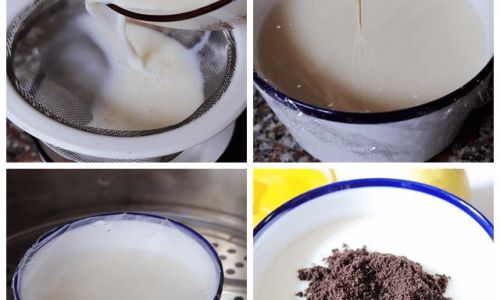
Oat Milk
Result: Partial success with a soft skin and creamy custard.
Observations:
- Oat milk’s moderate protein and natural starches contributed to a gentle set, though the skin was fragile.
- Flavor: Mildly sweet, reminiscent of oatmeal.
Adjustment: Adding 1 tsp of tapioca starch ensured a firmer custard. Steaming at a lower temperature (80°C/176°F) prevented curdling.
Key Takeaways from the Experiments
- Protein is non-negotiable: Without adequate protein (at least 3g per 100ml), skins fail to form. Soy and oat milk performed best in this regard.
- Fat enhances richness: Coconut and cashew-based milks added decadence but required dilution to avoid heaviness.
- Sweetness and flavor: Plant-based milks often lack lactose’s caramelization, so adding a touch of maple syrup or brown sugar can deepen flavor.
Optimizing the Recipe: A Dairy-Free Master Formula
After iterations, the following recipe emerged as a reliable dairy-free alternative:
Ingredients:
- 400ml unsweetened soy milk (or oat milk)
- 2 large egg whites
- 50g granulated sugar (or coconut sugar)
- 1/4 tsp agar-agar powder (optional, for firmer texture)
- 1/2 tsp vanilla extract
- Pinch of salt
Instructions:
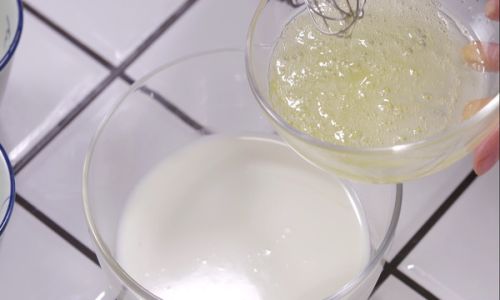
- In a saucepan, gently heat the soy milk, sugar, agar-agar (if using), and salt until steaming (do not boil).
- Remove from heat, stir in vanilla, and let cool for 10 minutes. A skin should form on the surface; gently transfer it to a bowl.
- Whisk the egg whites until frothy, then slowly incorporate the warm milk mixture.
- Pour into ramekins, cover with foil, and steam for 15–20 minutes.
- Chill for at least 2 hours. Serve with fresh fruit or a drizzle of date syrup.
Nutritional and Ethical Considerations
Dairy-free double skin milk pudding offers distinct advantages:
- Lower in saturated fat: Plant-based milks like almond or oat milk reduce cholesterol intake.
- Allergen-friendly: Suitable for those with lactose intolerance or milk allergies.
- Sustainability: Plant-based diets typically have a smaller carbon footprint.
However, some alternatives (e.g., coconut milk) may be higher in saturated fats, so moderation is key.
Expert Opinions and Cultural Adaptations
Chef Ching-He Huang, a pioneer in vegan Chinese cuisine, notes: “The essence of double skin milk pudding lies in its texture, not just ingredients. Experimentation is key—even tofu or aquafaba can substitute egg whites for a vegan version.”
In Malaysia, a popular variation uses coconut milk and palm sugar, creating a caramel-flavored twist. This highlights how regional adaptations have long embraced ingredient flexibility.
Conclusion: A Dessert for All Diets
While dairy milk remains the traditional choice, plant-based alternatives can indeed produce a respectable double skin milk pudding. The process demands patience and tweaking, but the result—a delicate, dairy-free treat—expands the dessert’s accessibility without compromising its cultural significance. As culinary innovation continues to bridge tradition and modernity, one thing is clear: The spirit of double skin milk pudding thrives, whether made with cow’s milk or coconut milk.
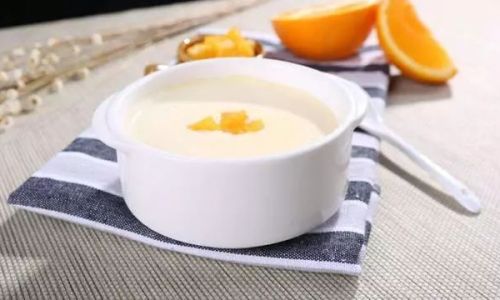
Final Thought: Food is evolution. By reimagining classics, we honor their legacy while embracing a more inclusive future. So, the next time you crave this iconic dessert, remember—no dairy? No problem. The pudding’s layers of history and flavor run deeper than milk alone.
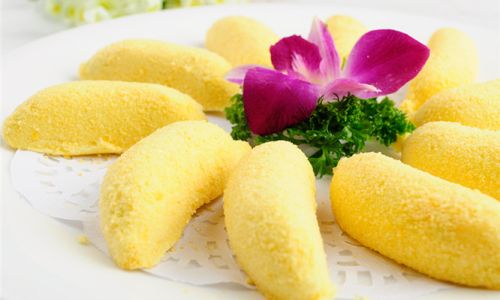

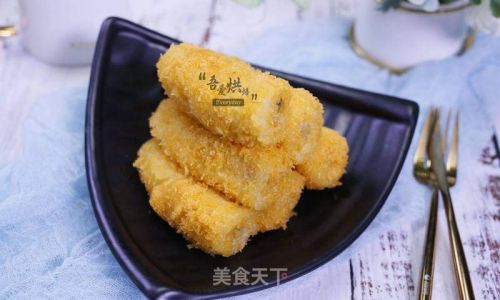
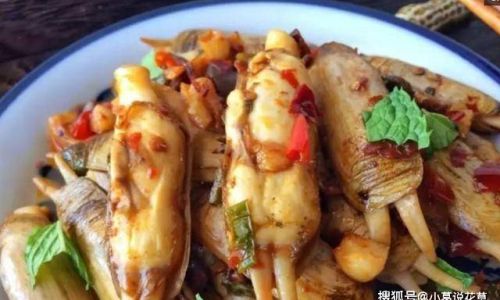

0 comments